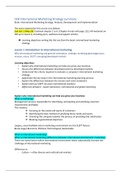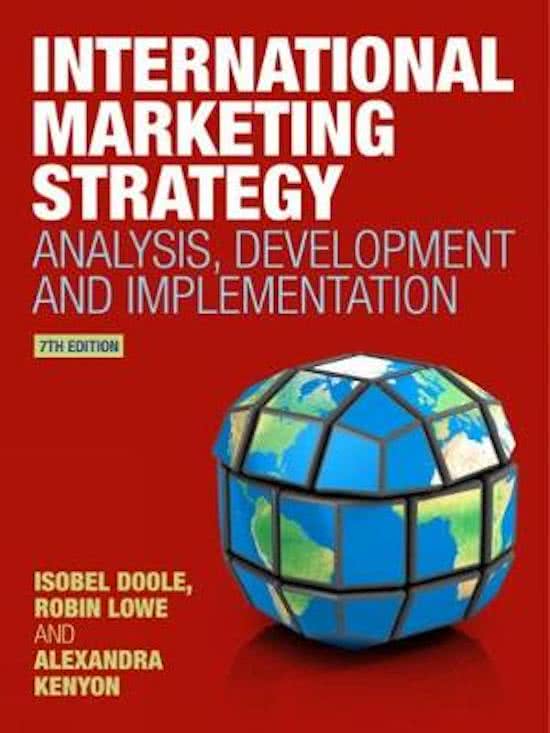Samenvatting
CE8 International Marketing Strategy samenvatting
- Instelling
- Hogeschool Van Amsterdam (HvA)
Samenvatting van CE8 International marketing strategy, hierbij zijn de powerpoints gebruikt, het boek international marketing strategy en de wegcolleges. In de samenvatting komen duidelijk de leerdoelen (learning objectives) terug zodat je je goed kan voorbereiden op je tentamen.
[Meer zien]





